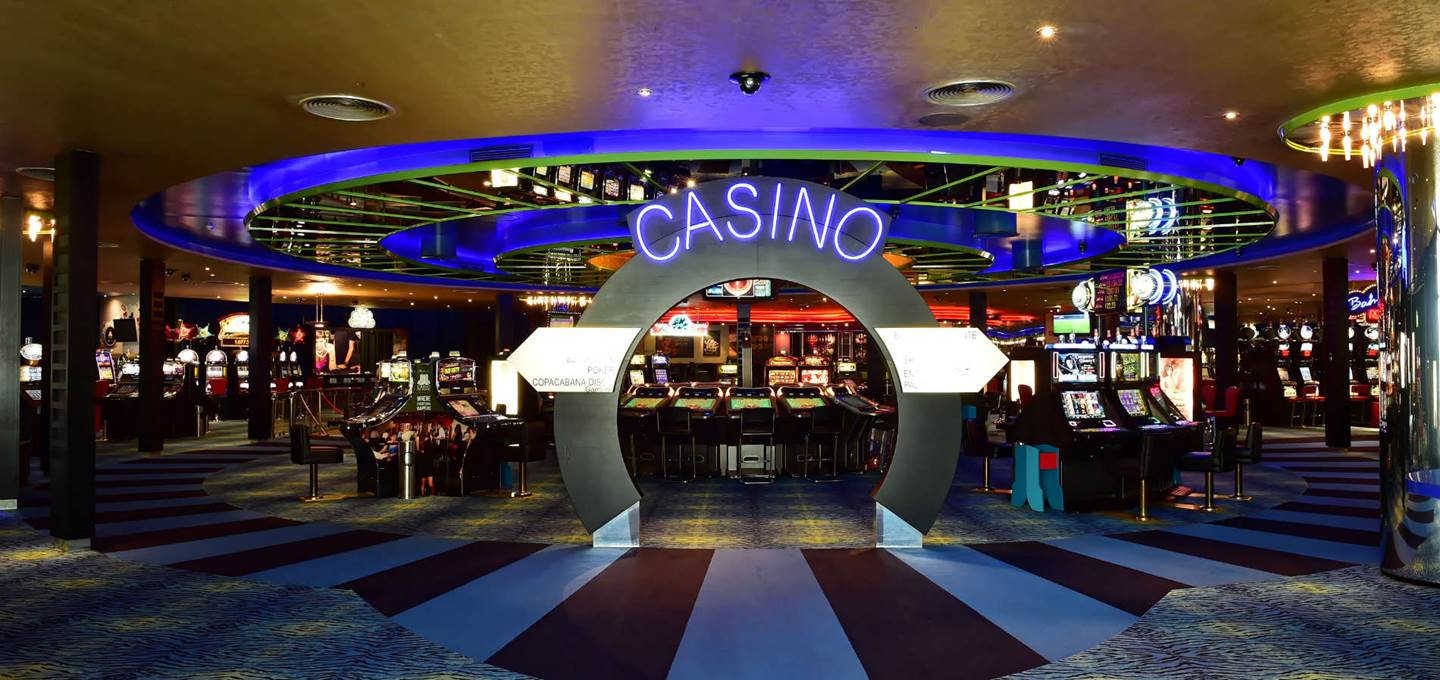Throughout the world, the allure of slot machines has enchanted millions, transcending cultural barriers and appealing to a wide array of players. From the lively casinos of Vegas to the vibrant gaming halls of Macau’s gaming centers, these fascinating machines have become symbols of thrill and suspense. The whirling reels and colorful graphics draw players into enthralling experiences, creating a singular blend of fortune and fun that connects with people from every background.
As these games progress, their influence extends beyond simple betting; they shape cultural trends, spark art, and transform social interactions. Whether it’s through movies showcasing of life in casinos or the rise of online slots that bring the thrill of casinos to the comfort of home, the importance of slot machines continues to expand. Exploring this situation reveals more than the rules of play, but also the meaningful bonds they establish within communities and their role in the overall landscape of entertainment options worldwide.
Account of Casino Slots
The roots of gambling slots can be backtracked back the final 19th century with the development of the first mechanical slot machine. In the year 1887, Charles Fey, a mechanic from SF, created the first slot machine, which was equipped with three spinning reels and a simple design with icons such as horseshoe symbols and playing cards. This machine offered users a chance to win coins, laying the foundation for what would become a worldwide gaming trend.
As the fame of casino slots increased, various innovations surfaced throughout the beginning twentieth century. By the 1900s, numerous companies began creating their models, enhancing the machines with additional features and more intricate systems. These early machines became a fixture in bars, taverns, and eventually started to make their way into gambling halls. By the 1960s, the mechanical slot machine was further improved with the introduction of electronic elements, leading to more diverse gameplay and higher player interaction.
The decade of the 1980s marked a significant turning point when video visual technology was added into casino slots. This innovation allowed for more intricate graphics, audio, and storylines, attracting a larger audience. The fusion of impressive visuals and engaging gameplay transformed casino machines into a major highlight in gambling establishments around the globe. As a consequence, slots evolved from plain machines into elaborate entertainment units, reflecting shifting cultural tastes and tech advancements.
Cultural Variations in Slot Gaming
Gaming slot games have evolved so as to represent diverse cultures and traditions from different areas in which these games are played. As an example, in Japanese culture, for instance, pachinko machines blend features between pinball with classic slot machines, creating a one-of-a-kind gaming experience that is intensely embedded inside the Japanese entertainment culture. These models often feature popular anime figures as well as concepts, showcasing the connection between gaming with mass culture in Japanese culture.

Conversely, within the United States, gambling games tend to be designed based on famous cinematic works, celebrities, or symbolic imagery belonging to American culture. Such a trend demonstrates a tendency to celebrate while also promote mass culture, allowing the slot experience accessible for players. The eye-catching visuals as well as audio aim to create thrill while also pull players into gambling environment, showcasing U.S. innovation for the entertainment industry as well as technological advancements.
In European regions also maintain distinct specific ways toward slot games. As an example, in the UK, for instance, old-school fruit devices located within bars as well as arcades represent local preferences in favor of traditional game designs. Such devices typically focus on simple designs and straightforward play, and which connect strongly among participants who appreciate a classic gaming experience. Such geographical difference emphasizes the manner in which community impact mold the progression as well as appeal regarding slot slot games in different regions in the globe.
The Future of Casino Slots
As technology continues to evolve, the future of casino slots appears bright and dynamic. Advancements in gaming technology, such as VR and AR, are likely to revolutionize how players interact with slots. Picture stepping into a digital gaming environment where players can interact with their environment more immersively, making the act of playing slots more thrilling and engaging than ever before. This transition could also attract a younger demographic, ushering in a fresh wave of casino entertainment.
Moreover, the incorporation of artificial intelligence and big data will enhance personalization in casino slots. Players can look forward to games customized to their preferences, as AI assesses their patterns and habits. This tailoring not only makes the gaming play more enjoyable but also encourages loyalty, as casinos work hard to accommodate individual player preferences. Upcoming slot games will likely feature more engaging narratives and vivid content, pushing the boundaries of traditional gameplay.
Finally, the rise of mobile gaming will continue to transform the landscape of casino slots around the world. As more players turn to smartphones and tablets for gaming, casino operators will concentrate efforts on optimizing their games for mobile devices. This ease of access allows for more accessible play, with players able to enjoy their favorite slots anytime and anywhere. okking.homes As the global gaming market grows, the advancement of casino slots will play a vital role in attracting new players and keeping the excitement of existing fans.
